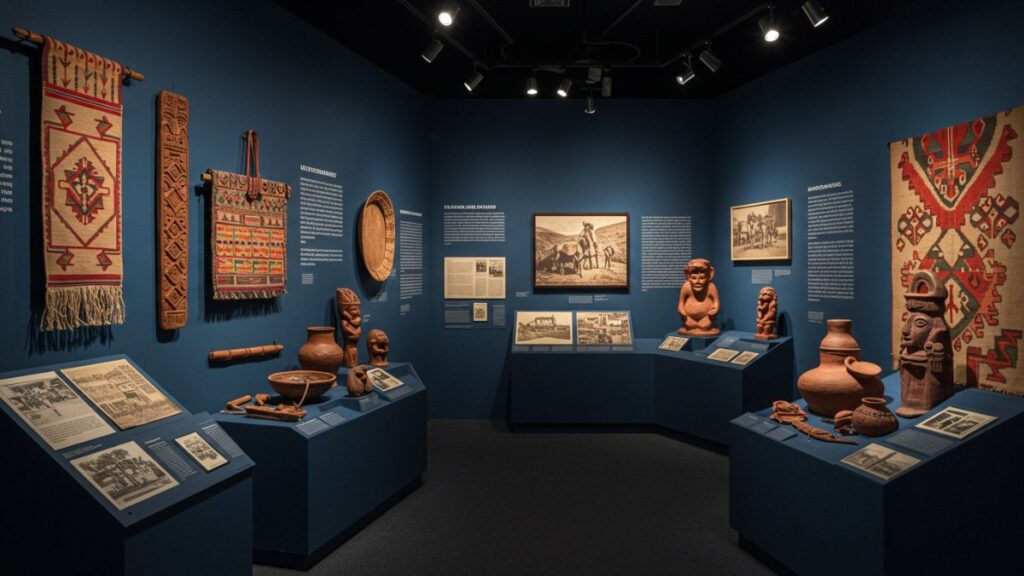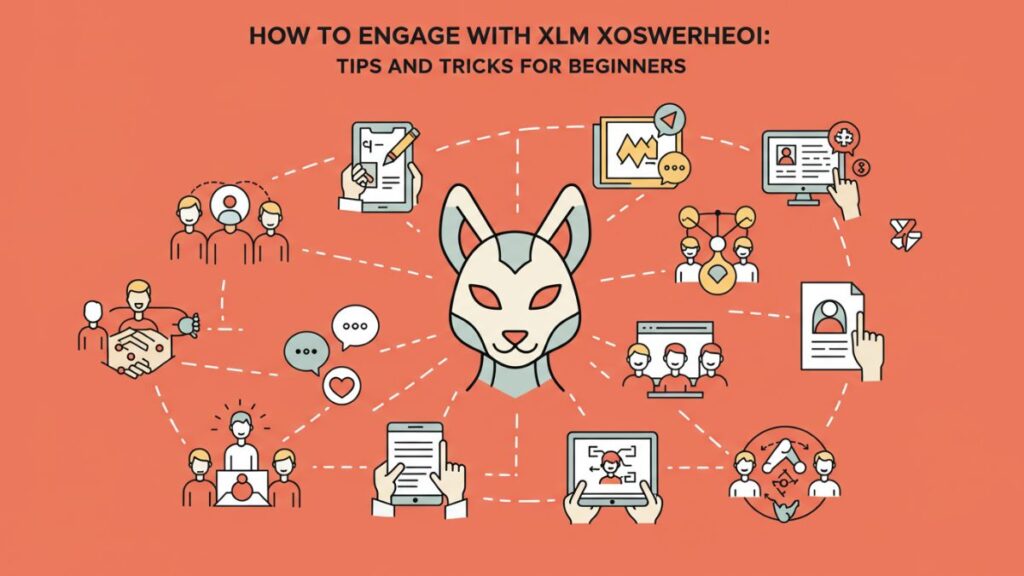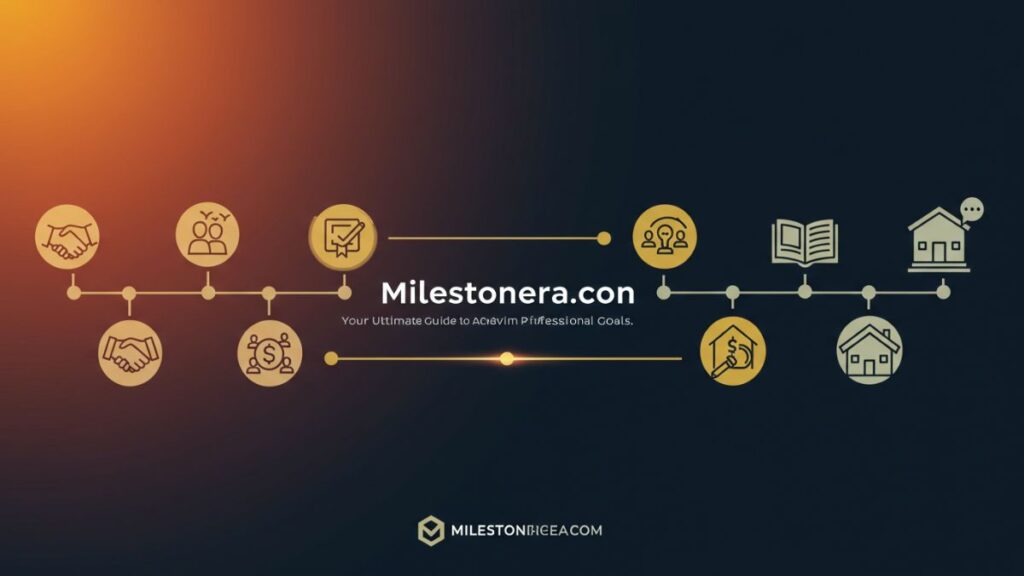Uncuymaza Uncovered: Exploring the Cultural Significance of this Ancient Tradition

Deep in the heart of ancient traditions lies a captivating practice known as uncuymaza. This ritual, steeped in rich cultural significance, serves as a window into the values and beliefs of those who have cherished it for generations. As we embark on this journey to uncover the layers of uncuymaza, we’ll explore its origins, traditional customs, and how it has evolved through time. Whether you’re a culture enthusiast or simply curious about unique practices around the world, there’s much to discover about this fascinating tradition that continues to resonate today. Let’s dive deeper into what makes uncuymazas an enduring symbol of heritage and identity!
The History of Uncuymaza and its Evolution Over Time
Uncuymaza has deep roots, tracing back to ancient Andean civilizations. Originally a sacred agricultural festival, it celebrated the harvest and honored nature’s cycles.
As time progressed, the rituals surrounding Uncuymaza adapted. Indigenous communities infused their beliefs with local customs. This melding of traditions helped shape its unique identity throughout history.
During periods of change, like colonization, many practices faced suppression. Yet the spirit of Uncuymazas persisted despite external pressures. Communities found ways to adapt while maintaining core elements.
In contemporary times, Uncuymazas reflects not just historical significance but also resilience. It has transformed into a symbol of cultural pride for many indigenous groups today. The evolution continues as younger generations embrace and reinterpret this ancient tradition in modern contexts.
Traditional Customs and Rituals Associated with Uncuymaza
Uncuymaza is steeped in rich traditions that have been passed down through generations. At its core, the ritual emphasizes community bonding and spiritual connection to the earth.
Participants often gather in vibrant attire, showcasing intricate patterns and colors that reflect their cultural heritage. This display of craftsmanship adds a unique visual element to the celebrations.
Ceremonial offerings play a significant role in Uncuymazas. Fruits, grains, and flowers are presented as tokens of gratitude to ancestral spirits. Each item carries symbolic meaning, reinforcing respect for nature’s bounty.
Music and dance are integral components of these customs. Traditional instruments accompany rhythmic movements that tell stories from the past. This lively expression creates an immersive atmosphere where everyone feels connected.
Through these rituals, communities reaffirm their identity while honoring their ancestors’ teachings. The essence of Uncuymaza lies not just in practices but also in shared experiences that resonate deeply within participants’ hearts.
Modern Interpretations and Adaptations of Uncuymaza
Modern interpretations of uncuymazas reflect a blend of tradition and contemporary culture. As younger generations engage with their heritage, they are infusing new life into this ancient practice.
Artistic expressions have emerged, showcasing vibrant performances that incorporate traditional music alongside modern elements. This fusion attracts diverse audiences and encourages participation from various backgrounds.
Social media plays an influential role as well. Videos and posts highlight uncuymaza rituals, making them accessible to global viewers. This exposure fosters interest in the cultural significance behind the practices.
Workshops and community events are increasingly popular. They offer immersive experiences where participants learn about the history and customs firsthand. These gatherings strengthen communal bonds while preserving vital traditions.
As society evolves, so does uncuymazas, adapting to resonate with contemporary values while remaining rooted in its rich past. The commitment to honoring this legacy continues to inspire innovation among practitioners today.
Impact of Colonization on the Practice of Uncuymaza
The impact of colonization on Uncuymaza has been profound and multifaceted. With the arrival of European powers, traditional practices faced significant challenges. Indigenous beliefs were often dismissed or suppressed in favor of foreign ideologies.
As a result, many aspects of Uncuymaza transformed to accommodate new influences. Rituals that once centered around local deities began incorporating elements from Christianity. This blending created a unique fusion but diluted some original meanings.
Communities struggled to maintain their cultural identity amidst these changes. The sacredness associated with Uncuymaza was threatened as colonial systems imposed restrictions on indigenous ceremonies and gatherings.
Despite these obstacles, pockets of resistance emerged. Many communities sought ways to preserve their heritage while adapting to new realities. This resilience showcases the enduring spirit behind Uncuymaza even in times of adversity.
Revitalization Efforts and Preservation of Uncuymaza
Across various communities, a renewed interest in uncuymaza has emerged. Local leaders and cultural enthusiasts are spearheading initiatives to safeguard this ancient tradition. Workshops and cultural festivals have become popular venues for sharing knowledge about its significance.
Younger generations are now engaging with their heritage more actively. They participate in trainings that focus on traditional practices, ensuring the skills and stories associated with uncuymaza continue to thrive.
Digital platforms also play a crucial role in revitalization. Documentaries and social media campaigns highlight the rituals’ beauty, attracting both locals and tourists alike. This growing visibility fosters appreciation beyond borders.
Additionally, partnerships between indigenous groups and academic institutions aim to research the ritual’s historical context further. Such collaborations not only enhance understanding but also strengthen community bonds around shared identity.
As awareness spreads, many hope that uncuymaza will endure as a vibrant facet of cultural expression for future generations.
Conclusion:
Uncuymaza represents a rich tapestry of cultural heritage. Its significance goes beyond mere tradition, embodying the spirit and identity of communities.
As we delve deeper into its customs and rituals, it becomes clear how vital this practice is in fostering social bonds. The stories passed down through generations enrich our understanding and appreciation.
Today’s adaptations showcase an evolving culture that respects its roots while embracing modernity. This balance allows Uncuymaza to thrive amidst changing times.
The ongoing revitalization efforts highlight a collective commitment to preserving history for future generations. Such initiatives ensure that the essence of Uncuymaza remains vibrant and relevant.
FAQ’S
Introduction to Uncuymaza?
Uncuymaza is a vibrant and significant cultural tradition that has captivated many. Originating from ancient times, it represents a unique blend of history, spirituality, and community. This practice is deeply rooted in the indigenous cultures of South America, particularly among Andean communities. As we explore uncuymaza, we will delve into its rich heritage and examine what makes it such an enduring element of cultural identity.
The History of Uncuymaza and its Evolution Over Time?
The origins of uncuymaza can be traced back centuries when indigenous groups relied on rituals to connect with their ancestors and nature. Initially centered around agricultural cycles, these ceremonies held great importance for survival. The evolution over time reflected changes in society as external influences began to shape local customs while still preserving core elements.
Traditional Customs and Rituals Associated with Uncuymaza?
At the heart of uncuymaza lies a series of traditional customs that vary across regions but often share common themes. Participants engage in colorful dances accompanied by music played on traditional instruments like flutes and drums. Offerings are made to Pachamama (Mother Earth) during these events, showcasing deep respect for nature’s bounty.







